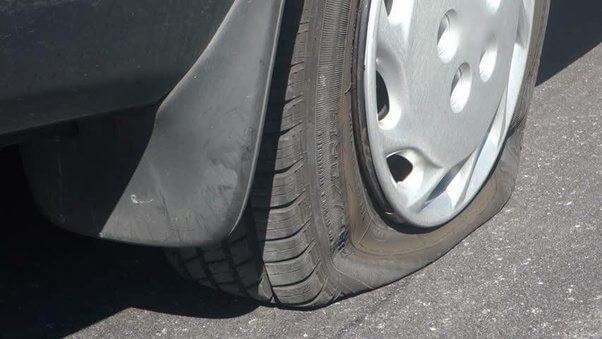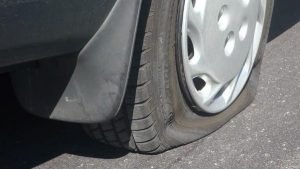Refill your car tires and reduce gas consumption
With the cost of gasoline going up by the day, just like millions of consumers, you must be concerned about the increasing budget that is going to fuel.
Governments are also concerned about the rising greenhouse gas emissions due to our beasts on the road.
The transport industry contributes 27% percent of the US greenhouse gas emissions, much more than the manufacturing industry, and measures to reduce this trend are being zealously sought. This post will show why you need to grab the best portable car tire air pump and install a TPMS.
Like most people, what you may not know is that underinflated tires are the reason your car is consuming more fuel while endangering you on the road.
While most people are concerned about driving with optimal auto tire pressure, close to a half do nothing about it and only a quarter does check and refill their tires to the recommended pressure.
Underinflation
An underinflated tire hugs the road thus increasing its rolling resistance. More power is required to move it and this means more fuel.
In fact, if the pressure in all the tires drops by 2 PSI, the vehicle’s fuel efficiency decreases by 1-2%.
The under-inflated tire(s) is also riskier if you are driving in traffic or on a risky road and especially with a 2 wheel drive. The high traction pulls the car in the direction of the deflated tire, leading to skidding.
You imagine what would happen if the road is slippery and there is a car ahead of you.
From the foregoing, it is obvious that the extreme rubbing will wear the tire much faster, demanding more frequent replacement.
A depressed tire does not always have to be clearly visible. We always expect to see a puncture where there is a hissing sound, but this may not be the case.
Air may leak through the valve stem or the tire bead. It also expands and contracts as the temperatures fluctuate during the day.
Tire pressure monitoring
The best time to check your tire pressure is in the morning before driving, since this temperature closely corresponds with the manufacturer’s standards.
If you have to test in the afternoon when it is hot, allow at least 2 PSI above the recommended pressure. Hot air expands and if you refill the tires to say 35 PSI, the pressure will drop to 33PSI or less when the car cools down.
Also, you shouldn’t measure the tire pressure when the car is parked in sunlight since the excessive heat will lead to the above errors.
Tire pressure during winter
Your vehicle’s tire pressure drops by about 1 PSI for every 10˚ Fahrenheit drop in ambient temperature and vice versa.
Additionally, the winter tread design is more aggressive but deeper and flexible in order to provide better traction on snow and ice. This often leads them less responsive to your steering efforts and there is no heat build up to reach the summer time recommended pressure.
That’s why experts advise you to refill the tire to 3-5PSI higher than the recommended pressure for other seasons.

